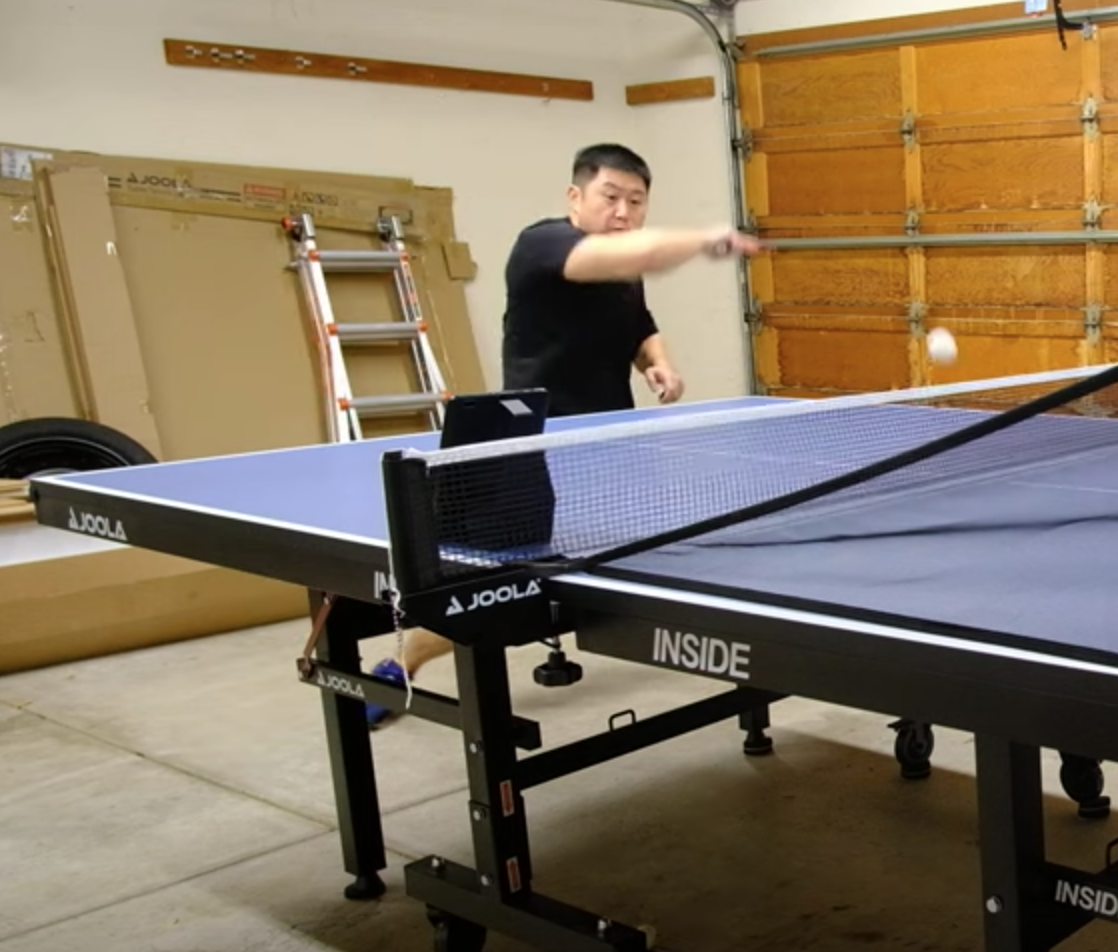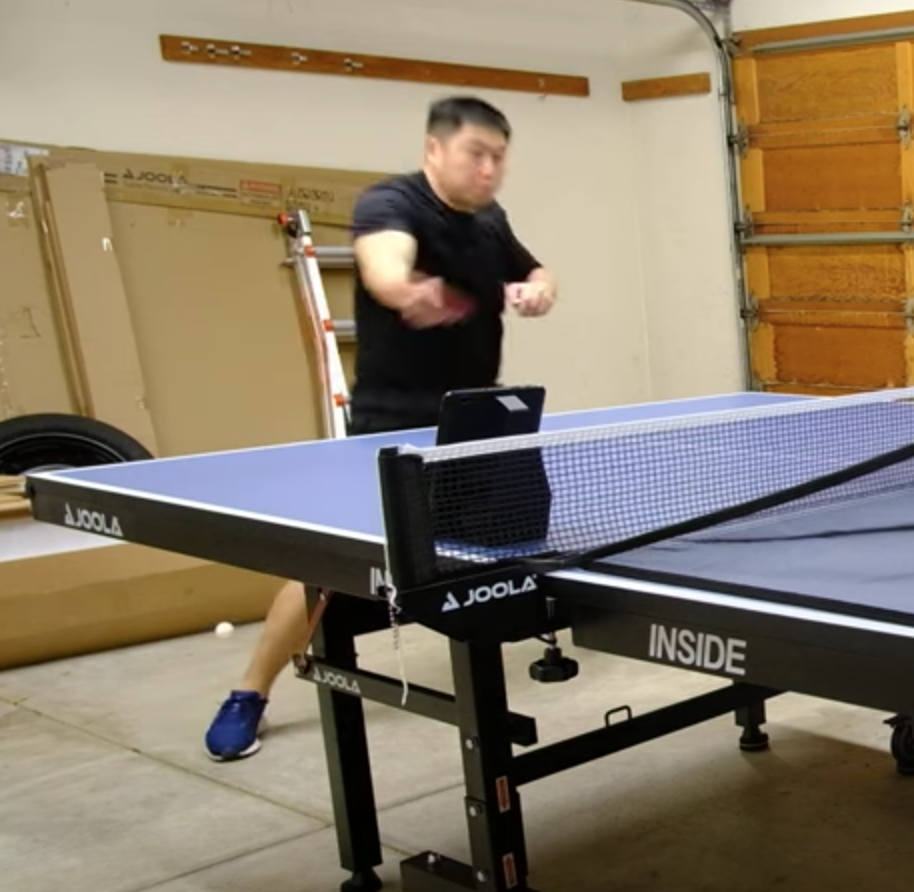Hi Dingyibvs,
I would agree in principle about different ball height can have differing swing planes and impacts.
I can also add about whether it is soon after the bounce (when the ball has a lot of vertical energy) or much later. The swing and impact will be different from those.
When you impact the underspin ball on the rise soon after the bounce (say the ball is 1/2 net height to net height and rising still) you do not need to lift the ball as much, so your stroke can be more forward... To power loop this ball, you can open the blade and swing more forward and hit ball a little below center and swing a little upwards... not a lot. That will give you a really powerful shot vs that underspin ball.
When you impact that underspin at top of bounce, there is zero vertical energy and you have to adjust for that. You can still powerloop as the spin will bring ball down and it doesn't have to go down a lot... so you can still open bat, swing forward and a little off center to bang that sucker in dropping late.
When you impact the ball on the decline, you now have underspin AND downward vertical energy to overcome... and you are likely impacting the ball below table height, so you will not be able to swing as forward like on the powerloop, you either do a lifting stroke to make it really heavy and slow, or you make it medium to light fast pace and loaded with spin to get it to drop in.
All of this applies to both FH and BH, but the techniques are way different. On BH, it doesn't take as much long backswing and swing as many people think to make a spinny or powerful ball.
On BH, the strike zone is much smaller, so moving to position and setting the position/strike zone becomes much more critical. Once you can learn where your BH hitting zone is... and how to move and set it (because you read the opponent's ball good enough) then you will be able to strike in zone and see your shots land a lot more when you sort out how to be loose.
Thanks, I think that's really helpful. I think the reason I've been having a lot of trouble adding my body to my BH shot is because I'm not getting into the optimal position. Whenever I do that I feel like the ball is way too far out front. I think I need to move a bit closer to the ball. I'll give that a try.
And thanks all for the comments about the whip motion. I'm gonna give that a try. I'll probably wait a bit to fix this since I've got weaker aspects in my game that I need to work on, but that'll be something I'll start doing when I do FH trainings.











